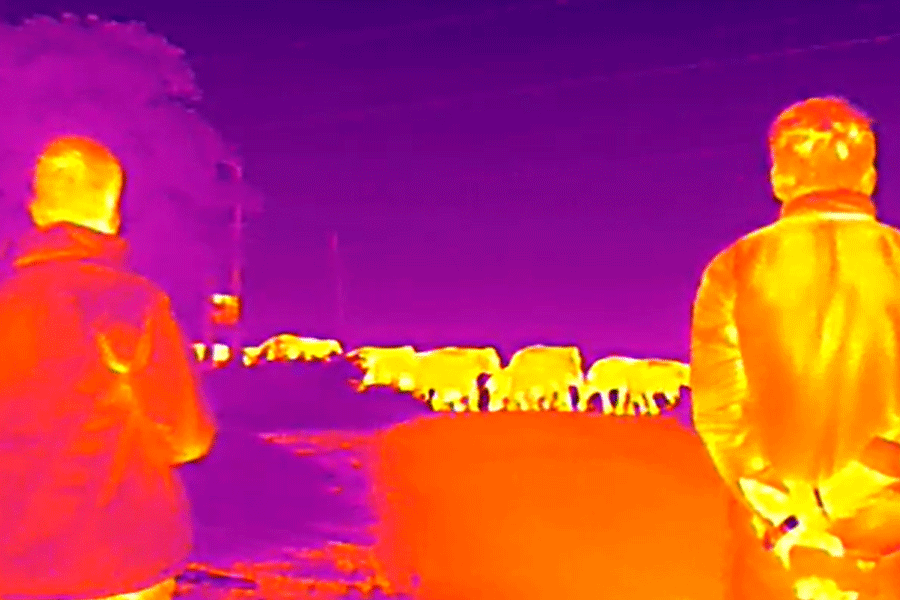Climate hazards have already aggravated through myriad pathways at least 218 human infectious diseases, scientists said on Monday in a study that has underscored how climate change impacts have enhanced health risks.
Their study has documented how heat waves, extreme rain events, storms, floods, droughts, and rising sea levels have increased human vulnerability to 218 — 58 per cent — of the 375 known diseases caused by bacteria, viruses, parasites, fungi, animals, or plants.
Environmental scientist Camilo Mora and his colleagues at the University of Hawaii in the US have shown how climate hazards push microbes close to people or people close to microbes, strengthen microbes’ capacity to harm people or weaken human defences against microbes.
In different parts of the world, such effects have aggravated cholera, dengue, Ebola, malaria, measles, pneumomia, typhoid, West Nile virus, and a bacterial infection called leptospirosis, among others. Rain and temperature changes could also influence Covid-19 and influenza transmission, the scientists said.
Their study findings were published in the research journal Nature Climate Change on Monday.
“The sheer number of the (infectious) diseases and transmission pathways aggravated by climatic hazards reveals the magnitude of the human health threat posed by climate change and the urgent need for aggressive actions to mitigating global greenhouse gas emissions,” Mora and his colleagues wrote.
Storms, floods and rising sea levels, for instance, have been implicated in cases of gastrointestinal infections, leptospirosis, hepatitis, a viral infection called Lassa fever, respiratory or skin infections. Land use changes facilitating human encroachment in wild areas and bringing people closer to the infections have triggered outbreaks of Ebola, scrub typhus, or malaria. Drought or heavy rains with associated livestock movements have contributed to anthrax and hemorrhagic fever.
Warmer land temperatures have increased mosquito populations and their biting rates. Ocean warming and heavy rainfall has reduced salt levels in coastal water which, the scientists said, appears to provide “fertile conditions” for cholera.
Heavy rainfall has also caused surges in rodent populations linked to cases of plague.
Climate hazards have increased the capacity of some microbes to cause more severe disease.
Heat, for instance, might increase the potential of cholera germs to harm people. Heat waves could through natural selection pressure lead to “heat-resistant” viruses that are better able to cope with the human body’s main defence — fever.
Climate hazards have also lowered the human capacity to fight infections by altering body condition, adding stress from exposure to hazardous environments, forcing people into unsafe conditions, and reducing access to medical care, the scientists said.
Possible negative impacts of climate change on food supply and crop nutrients could exacerbate malnutrition, increasing the risk of infections such as cholera, measles, or cryptosporidium in food-deprived populations. The immune system’s failure to adjust to large changes in temperature could explain outbreaks of influenza. And exposure to floods, heatwaves or droughts could induce stress that could lower the body’s capacity to cope with infections.
The study has also identified 54 infectious diseases diminished by some climate hazards but aggravated by others. The scientists said warming appears to have reduced the spread of some viral diseases such as influenza or severe acute respiratory syndrome — either due to unsuitable conditions for the virus or because of a stronger immune system in warmer conditions.










